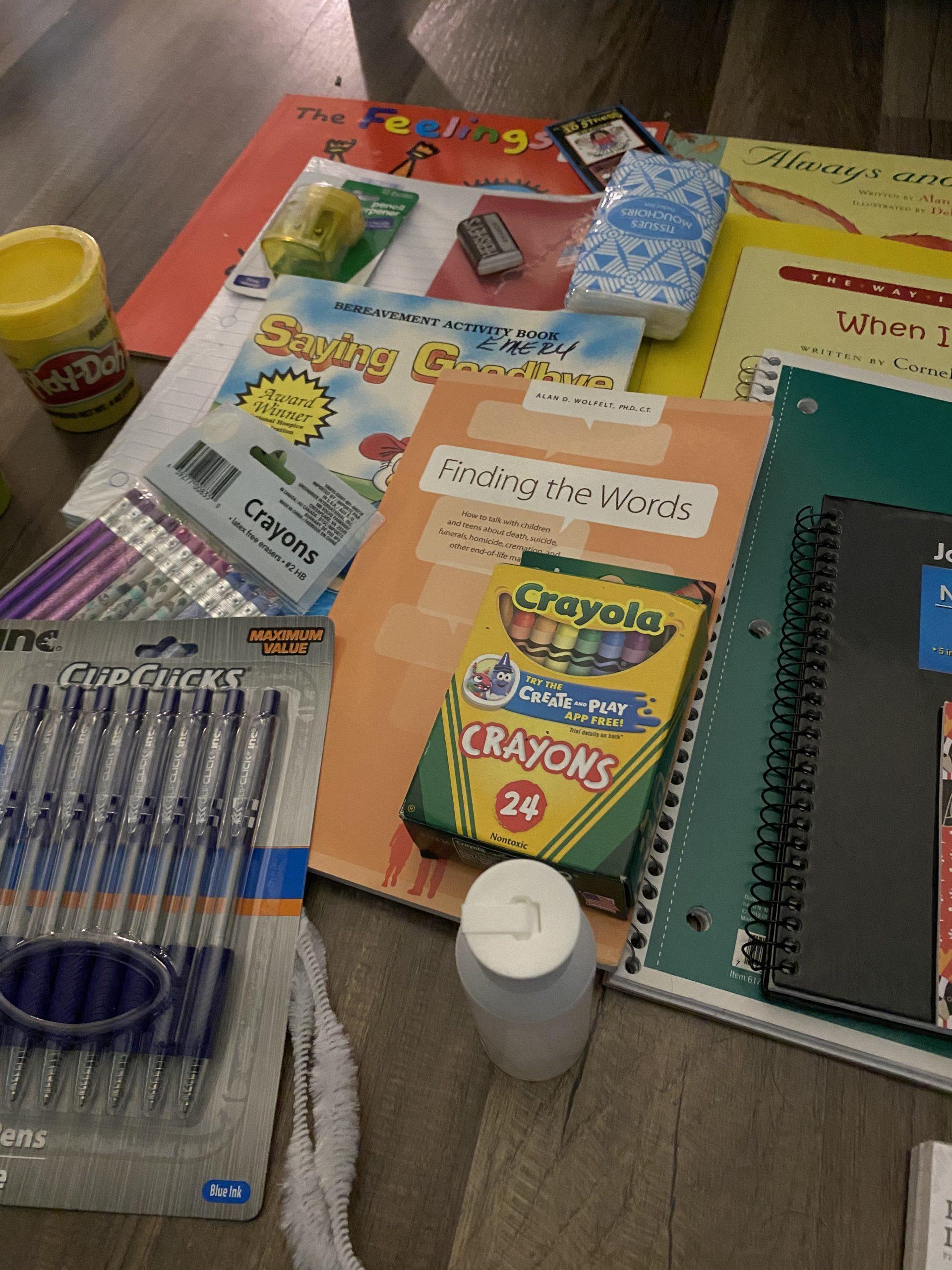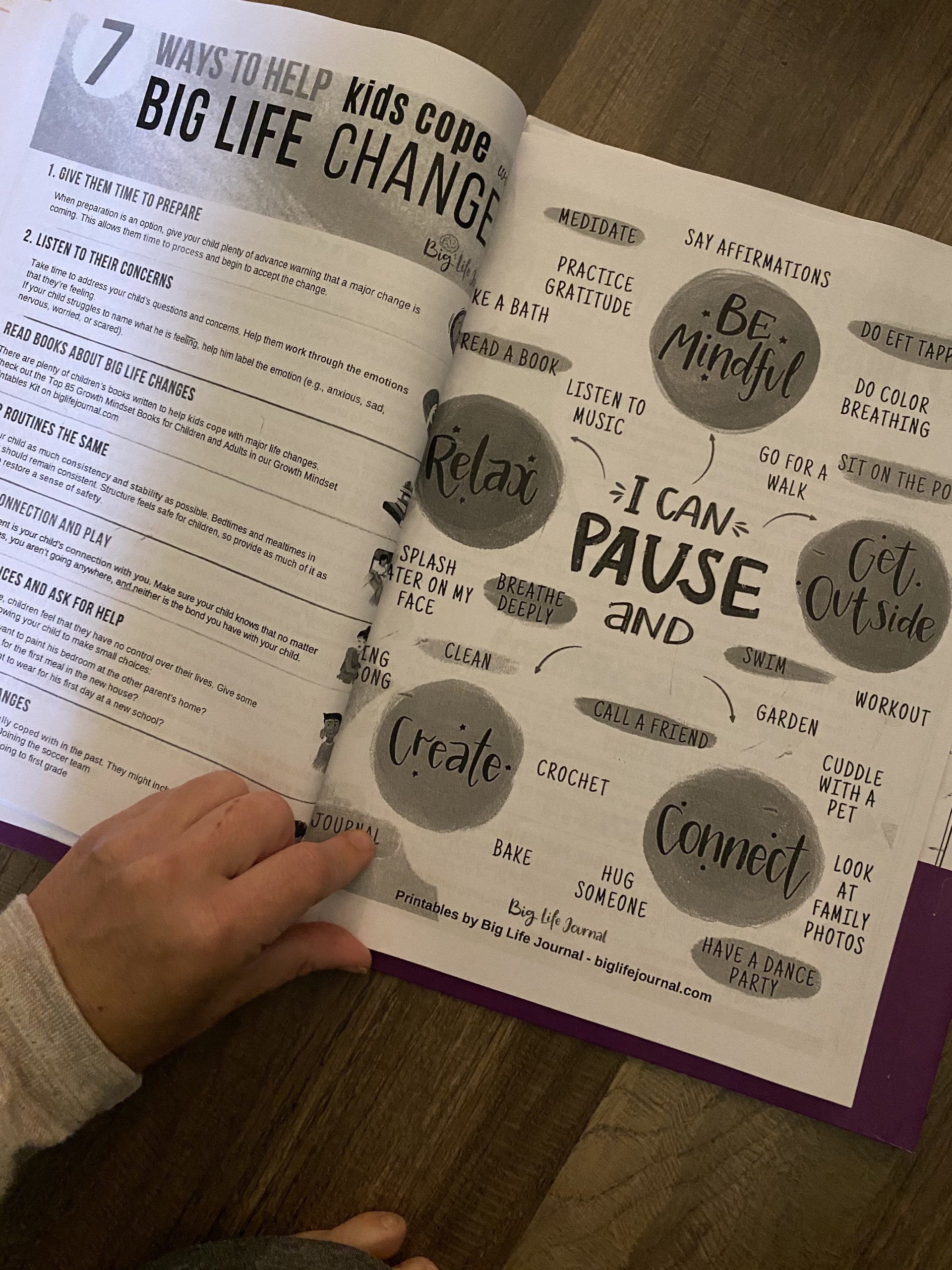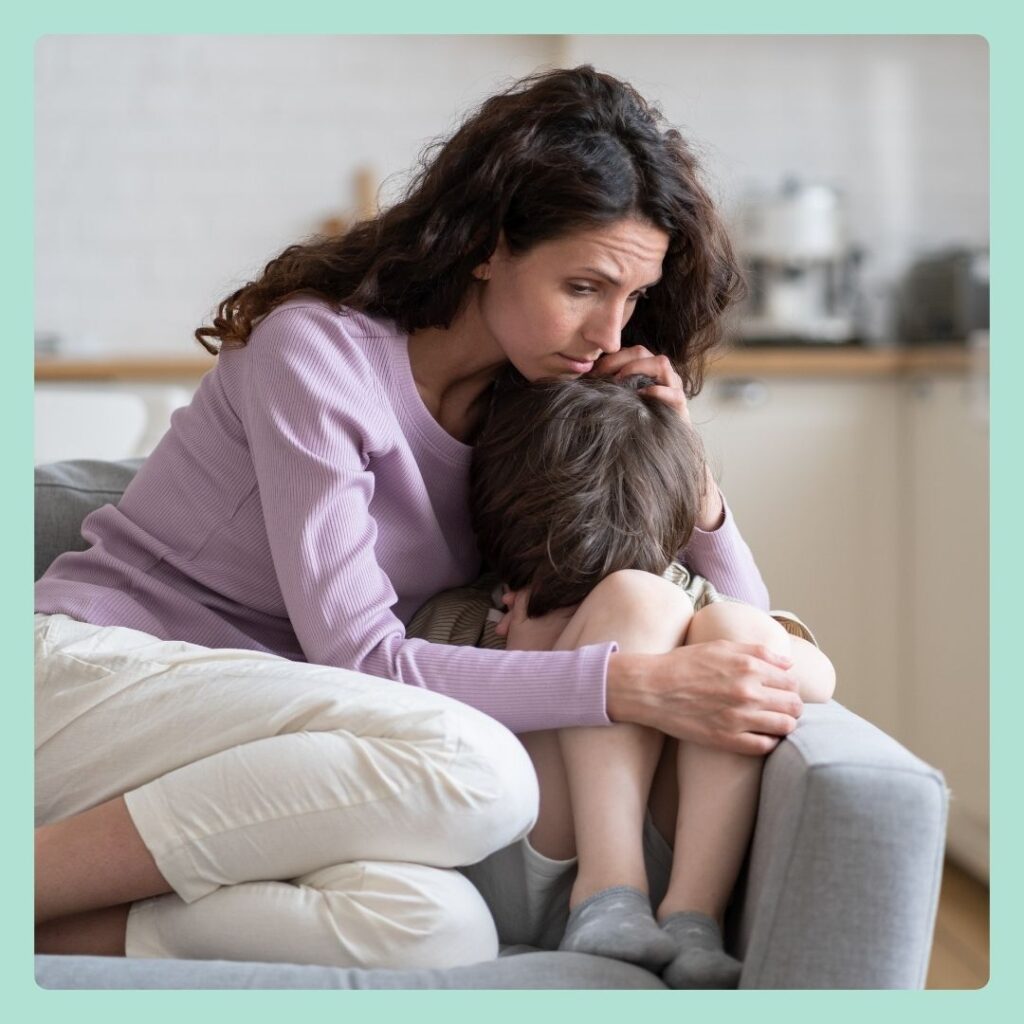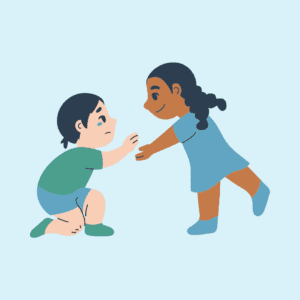This year, I wanted to help close the gap between home and school by providing grief resources. Over the last two years at my new school, I have taught classroom lessons on coping and resiliency, facilitated grief small groups, partnered with our local university (the University of Tennessee-Knoxville) to match students with grief mentors, and referred students to a grief camp.
However, I felt there was still a gap in helping our students. I needed to help them transfer these coping skills to their homes and educate their parents. I also wanted to provide families with the knowledge and resources that I have in my office, but in a way that was accessible to them.
So, I came up with Grief Bags To-Go.

Thanks to a wonderful local church donation, we were able to make 12 "grief bags." The idea is that families could check out resources in these bags just like they would a library book for use at home.
Who gets these bags?
Each bag has a specific topic designed for our grieving families. The topics include:
- grief/loss of a family member
- big changes like divorce or a move
- grief/loss of a friend
- cancer support
- grief/loss of a pet
- families facing a traumatic event
- general sadness or fear
The canvas bags (which I purchased from Oriental Trading) each have a number on the back. On my checkout sheet, I have a quick reference sheet that matches each bag's number to the topic. This makes it easy to grab and go.
How do you get referrals?
I advertised our bags through my monthly newsletter, our Facebook page, and teacher newsletters. Our front office staff also became great at referring families to this resource.
Families/guardians also complete a permission form that includes selecting a grief topic, the names and ages of the family members, general information about how to use the bag, and when to return it.


What is in each bag?
While each bag is different, many of the contents are the same. They include donated and purchased items. We ask that parents return many of the items so the next family can use them.
- A journal
- Pencils and pens
- Lined paper
- White or construction paper
- A travel-size empty shampoo bottle
- Pipe cleaners
- Crayons and/or markers
- Books and/or a DVD specific to the topic of the bag
- A travel-size pack of tissues
- Playdough
- A pencil sharpener
- Bookmark with stress tips
- Eraser
- A folder containing: a list of activities for parents to use the materials together (the playdough activity is from Counselor Keri and the “Feelings of Loss” color sheet is from Mylemarks)
- Information on grief, trauma, and change for parents. I gathered these from a variety of sources including Mylemarks, Grief's Journey, and Good Grief.
- A list of local resources, agencies, and grief camps
- “How To Talk To Children About Death” booklet from Covenant Hospice
- Brochures on mindfulness, stress, trauma, and separation anxiety (parents may keep these).






I love grief bags as a resource for our families at home because they offer experiential tools for discussing difficult topics. They also serve as a wonderful resource for our families after a group ends, providing a smooth transition. Additionally, they are beneficial if a student isn’t ready to talk to me or another counselor yet, and for our families during the summer.
How do you support students and families who are grieving?
Share your tips for making it work below!





